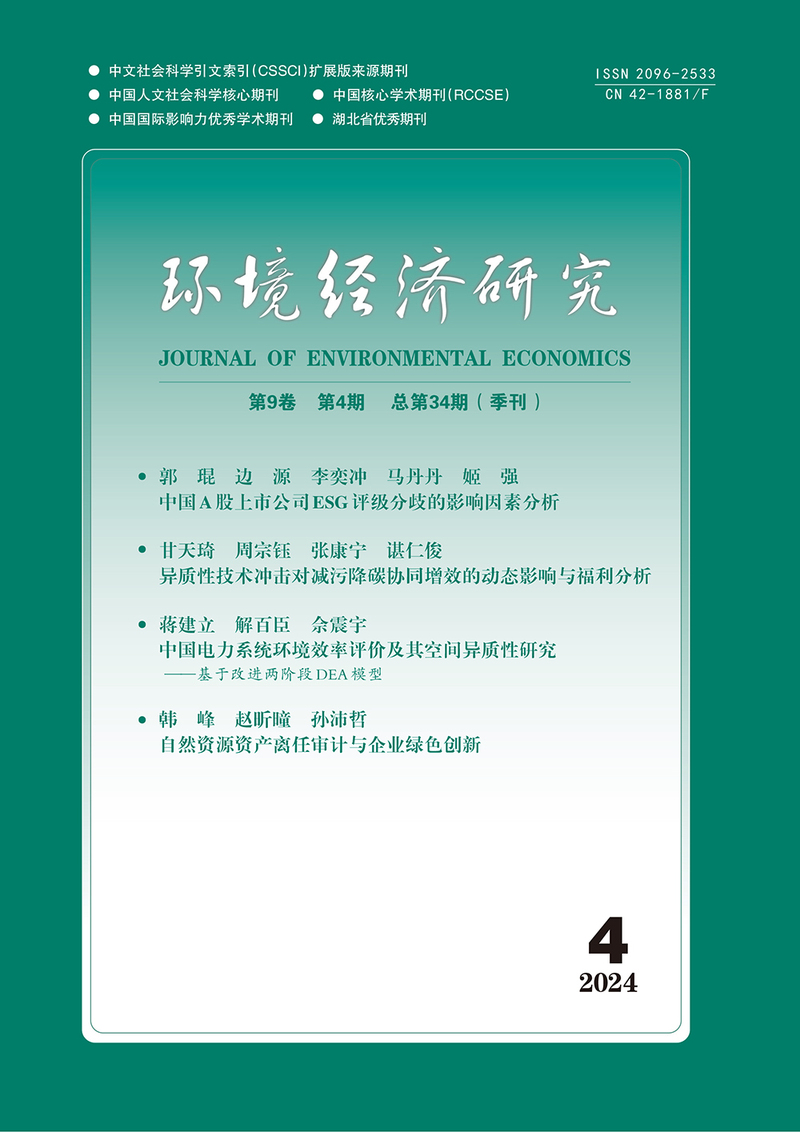Evaluation of Sustainable Development of
Resource-based Cities in China
Qin Bingtao, Liu Lei and Tao Yu
摘要:随着经济的高速增长,资源消耗加速,环境污染加剧,如何实现资源型城市的可持续发展备受关注。本文以我国资源型地级市为例,通过理论分析法、文献研究法、频度统计法构建资源型城市可持续发展指标体系,基于层次分析法建立资源型城市可持续发展的评价模型。根据115个资源型地级市2005-2015年的面板数据,研究我国资源型城市的可持续发展状况。结果表明:可持续发展状况较好的城市主要分布在东北地区以及中东部地区。可持续发展水平由高到低依次为西北地区、华北地区、东北地区、华中地区、华东地区、西南地区和华南地区。再生型城市的平均可持续发展得分最高,衰退型城市可持续发展得分最低。铁矿资源城市可持续发展得分最高,其次是油气资源城市。相对于其他层次,资源层可持续发展的程度较高,环境层最低。最后根据测度结果,本文提出资源型城市应加大对环境的保护力度,适时开发资源并进行产业转型,避免陷入资源、环境与社会的恶性循环。
关键词:资源型城市;可持续发展;层次分析法;可持续发展指标体系
Abstract: With the rapid growth of economy, the accelerated consumption of resources and the aggravation of environmental pollution, it has gotten a lot of attention that how to realize the sustainable development of resource-based cities. Based on the resource-based cities in China as an example, research approaches of theoretical analysis, literature survey and frequency statistics have been used to establish a sustainable development indicator system of resource-based cities. A evaluation model for the sustainable development of resource-based cities has been structured based on the analytic hierarchy process. Using the panel data of 115 resource-based cities at China's prefectural level over the period 2005-2015, this paper investigates the sustainable development of resource-based cities in China. The results show that the cities with good sustainable development status are mainly distributed in northeast regions as well as the central and eastern regions. The sustainable development level changes from high to low is the Northwest China, North China, Northeast China, Central China, East China, Southwest China and South China. The average sustainable development score of regenerative cities is the highest, while that of recessionary cities is the lowest. Iron ore resources cities have the highest sustainable development scores, followed by oil and gas resources cities. Compared with other levels, the resource level has a higher degree of sustainable development and the environmental level has the lowest level. Finally, according to the result of measure, this paper proposes that resource-based cities should enlarge protection environment dynamics, develop resources and transform industries in a timely manner, to aviod falling into a vicious circle of resources, environment and society.
Keywords: Resource-based Cities; Sustainable Development; Analytic Hierarchy Process; Sustainable Development Index System
项目资助:教育部人文社会科学青年基金项目“中国地级市层面的能效提高与节能技术进步:基于前沿理论与空间计量方法的研究”(16YJC790083),上海理工大学人文社科攀登计划项目“我国全要素能源生产率提高与区域协同机制研究”(SK17PB03)。
DOI:10.19511/j.cnki.jee.2019.03.009
